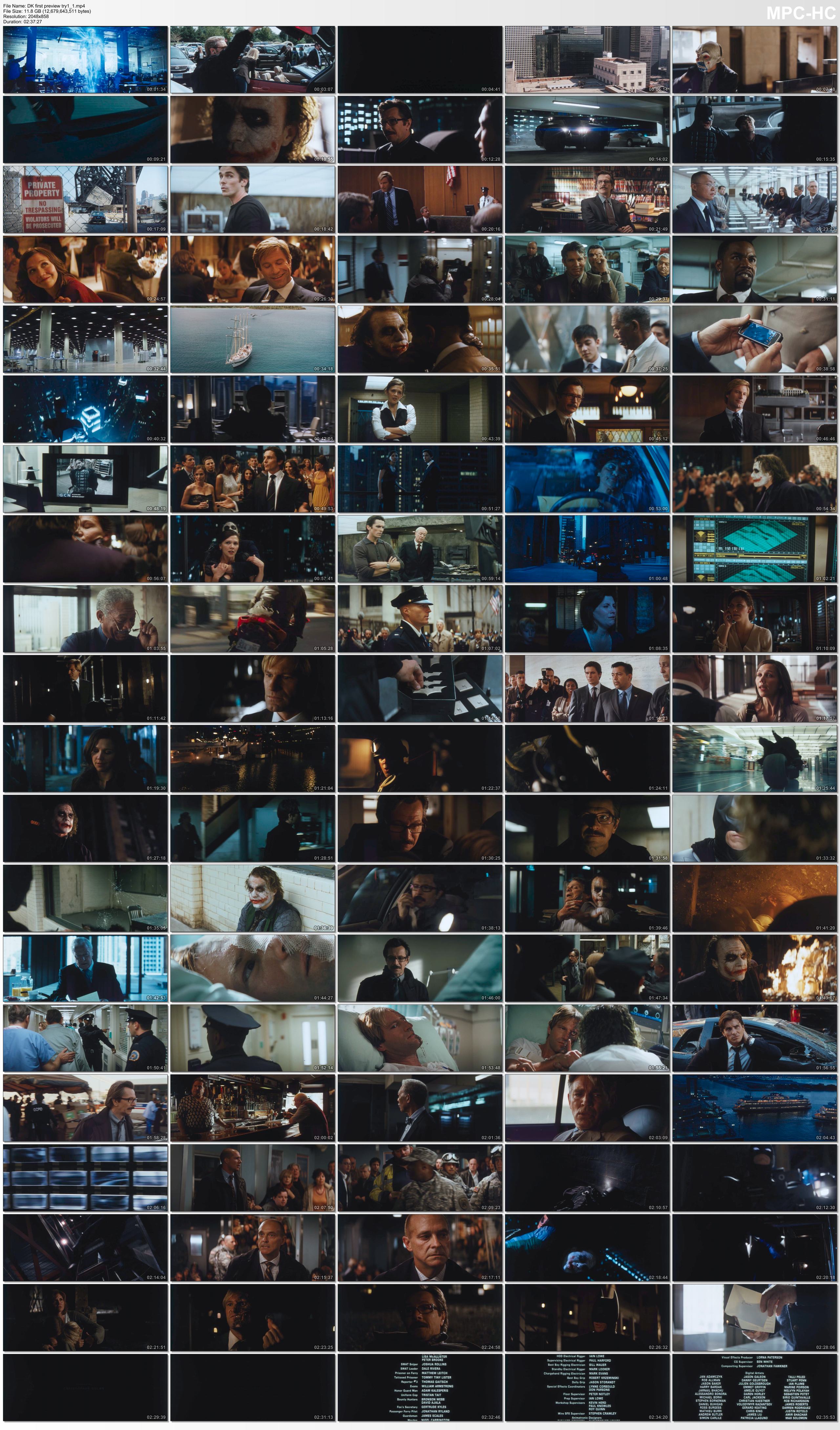Just thought I’d pitch this. It’s a German 35mm print of Falling Down. English audio could of course by synced. The print would probably cost around 200 EUR, scanning around 150 EUR.
Here’s an auction with an English print that was once sold with some pictures. I think it looks amazing: https://www.ebay.com/itm/333606062514
I presume the German one would look similar, but may have German titles, not sure. The Blu Ray looks a bit “eh” in my opinion, nothing special.
Since I don’t even know if anyone’s interest, I’m not gonna make any long detailed post for now. Just let me know if and how much you would like to pledge, if anything at all, to get this preserved. If we reach enough to at least buy the print, I’ll elaborate some more. =)
Pledges total: $70
FunkySi - $10
soupdrinker0 - $50
craigbillet - $10
